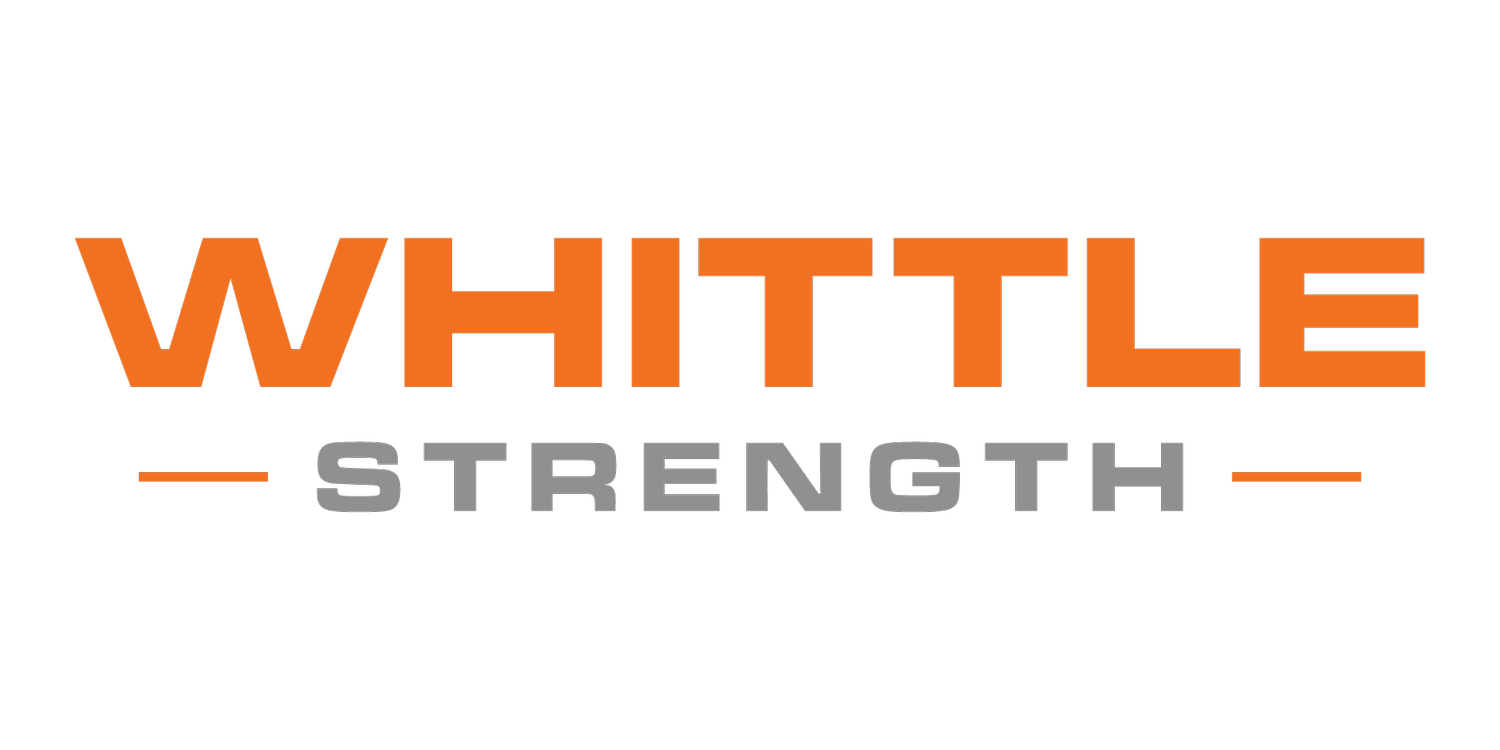EASY WAYS TO UP YOUR PROTEIN INTAKE
The body requires 3 macronutrients in large quantities: carbohydrates, fat, and protein. The body relies heavily on carbs and fats for fuel, but utilizes protein for different physiological functions like building muscle. However, the average person typically does not consume enough protein on a daily basis. Without enough protein in your diet the body will be in a negative nitrogen state. This means the body will not be able to undergo proper protein synthesis, leading to muscle and even bone loss. A significant lack in protein can also weaken the immune system, cause skin and hair changes, decrease overall strength (leading to balance and injury issues), and can cause your metabolism to slow down.
What is protein?
Proteins are large molecules that are composed of amino acids (the building blocks) that are joined by peptide bonds. Protein contains the elements carbon, hydrogen, nitrogen, and oxygen. Protein is found in many essential biological compounds such as hormones, antibodies, and enzymes. Protein has numerous physiological functions, including repairing and building the body’s tissues (i.e. muscle, bone, connective, collagen) and helping with metabolic reactions. Amino acids are used by the body to also make hormones like insulin and specific enzymes that catalyze many physiological reactions within the body.
Tips on increasing your daily protein intake:
A good rule of thumb is to eat your bodyweight in grams of protein. For example, a 150lb person should aim for ~150g of protein per day
Spread your protein out throughout the day: Don’t try to eat 100g in one sitting…instead, try to have a consistent amount of protein at each meal (i.e. 30-40g per meal)
Replace your morning cereal or muffin with eggs: rather than having a high sugary breakfast that will leave you with cravings all day, aim for a high protein breakfast such as eggs, turkey bacon and whole wheat toast, or plain oatmeal with added protein powder and peanut butter.
Choose Greek yogurt: Greek yogurt is more concentrated than regular yogurt, and has double the amount of protein per serving!
Add in a protein shake to make up for missing grams: Adding a quick scoop of protein powder to your favorite milk is a great way to up your protein intake by ~25g. Drinking a protein shake before bed is common because of its known effects to stimulate muscle protein synthesis during sleep!
Include a high protein food with EVERY meal: breakfast, lunch, and dinner should all include a high protein source. Vary your protein source with each meal. For example, maybe you have 4 eggs for breakfast, chicken for lunch, and salmon for dinner.
Eat higher-protein carbs: white pasta and white bread are common carb sources, but provide little protein. Instead, swap these out for 100% whole grain breads and pastas which are higher in protein content. Quinoa and chickpea pasta are also higher protein carb options.
Make beans or lentils a side dish: legumes (beans and lentils) are a healthy source of protein and fiber, making you feel fuller for longer. Legumes are also rich in vitamins and minerals that not all animal-based proteins will contain.
Eat high protein snacks: swap out a regular granola bar for a protein bar. Other high protein snacks include: single serving Greek yogurt cups, individually packaged nuts, nut butter packets, turkey jerky, string cheese, roasted chickpeas, and protein bars.
Add collagen: try adding collagen powder to your favorite coffee, tea, or smoothie. Collagen offers several benefits including improving skin health and increasing bone mineral density. Plain collagen powder is tasteless, making it a great additive to drinks, smoothies, chia pudding, and oatmeal.
Top with nuts and seeds: adding nuts and seeds as a topping over things like chocolate or granola is a small way to bump up your protein intake by a few grams. Try adding nuts and seeds on top of salads, yogurt, and oatmeal.
Buy easy-to-use protein sources: a lack of easy, accessible protein sources can be a contributing factor to why you do not meet your daily protein requirement. Buying quick and simple protein options to have on hand will make it easier to eat more protein throughout the day. For example, canned chicken, or canned seafood like tuna or salmon are ready-to-eat products when time is a limiting factor. Pre-cooked beans and lentils are also convenient options, as well as ready-to-go protein shakes you can easily store in the fridge.
Cook with bone broth: bone broth is higher in protein content when compared to regular broth. Adding bone broth when you cook grains like rice and quinoa is a great way to not only add flavor but sneak in extra protein throughout the day!
Download our High-Protein Recipe Pack!
Share this post:


